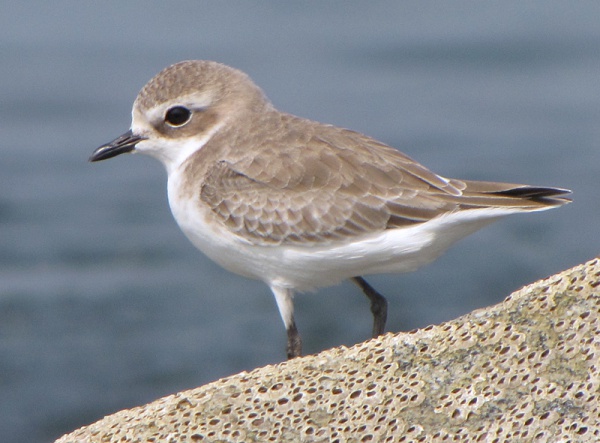Facts About Kentish plover
The Kentish plover is a small, charming shorebird from the Charadriidae family, found around the world. Both males and females have pale feathers with dark legs and bills, but males are distinguished by their dark, incomplete breast bands and head markings. Until 2009, scientists believed the Kentish plover and the North American snowy plover were the same species. Genetic research, however, revealed they are distinct.
These birds have a broad range, inhabiting areas from Africa to Asia and Europe, between latitudes 10º and 55º. Kentish plovers prefer to nest on the ground in open, moist areas away from dense vegetation and human activity. Their diet mainly comprises arthropods and invertebrates.
Regarding breeding, Kentish plovers exhibit a variety of behaviors. Some pairs are monogamous, while others may have multiple mates. They are quite territorial and will defend their nests from predators. Their courtship involves elaborate displays, and both males and females participate in building the nest and incubating the eggs.
Interestingly, after a certain period, one parent often leaves the brood, leaving the other to care for the chicks. Kentish plovers are known for their distinctive calls, including alarm calls and threat notes. They forage alone or in small groups, primarily eating tiny aquatic and terrestrial invertebrates.
Although currently listed as Least Concern on the IUCN Red List due to their large population, Kentish plovers face threats like habitat loss, human disturbance, and predation. Conservation efforts are focused on protecting natural habitats, reducing human interference, and controlling activities that disrupt their nesting sites. The Kentish plover is protected under Annex I of the EU Birds Directive and Annex II of the Bern Convention, which aim to conserve their populations.

 Libya
Libya